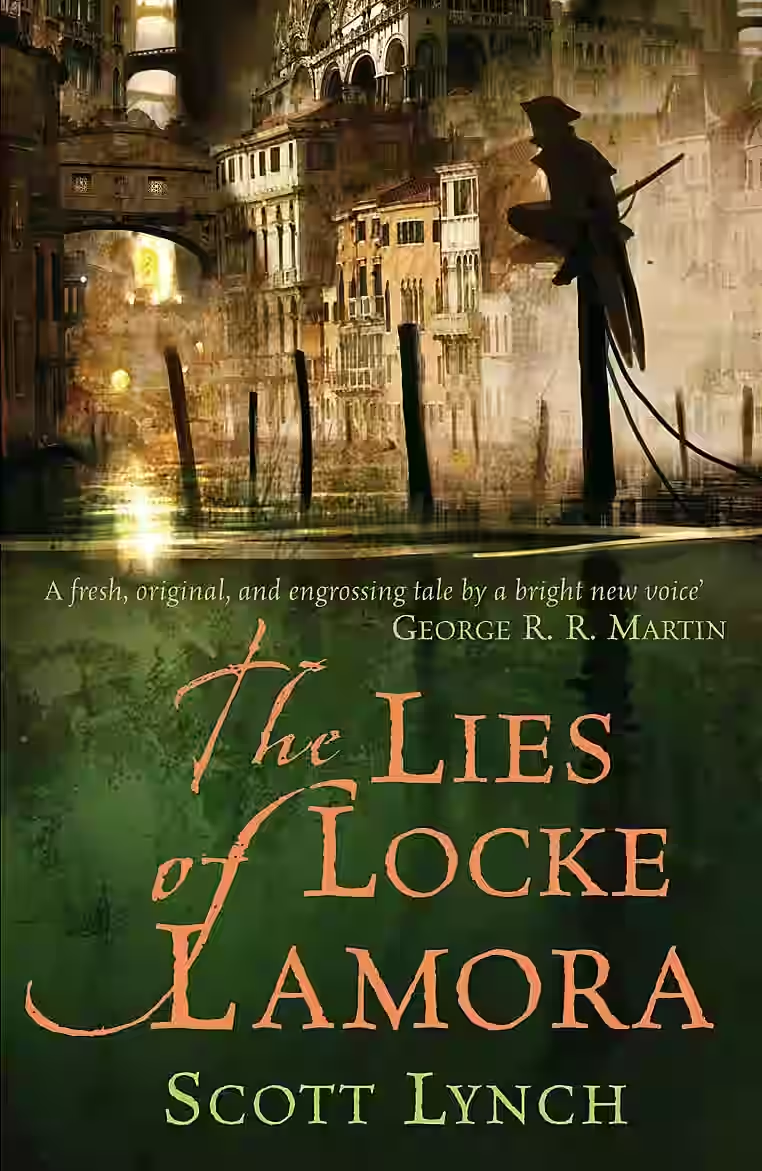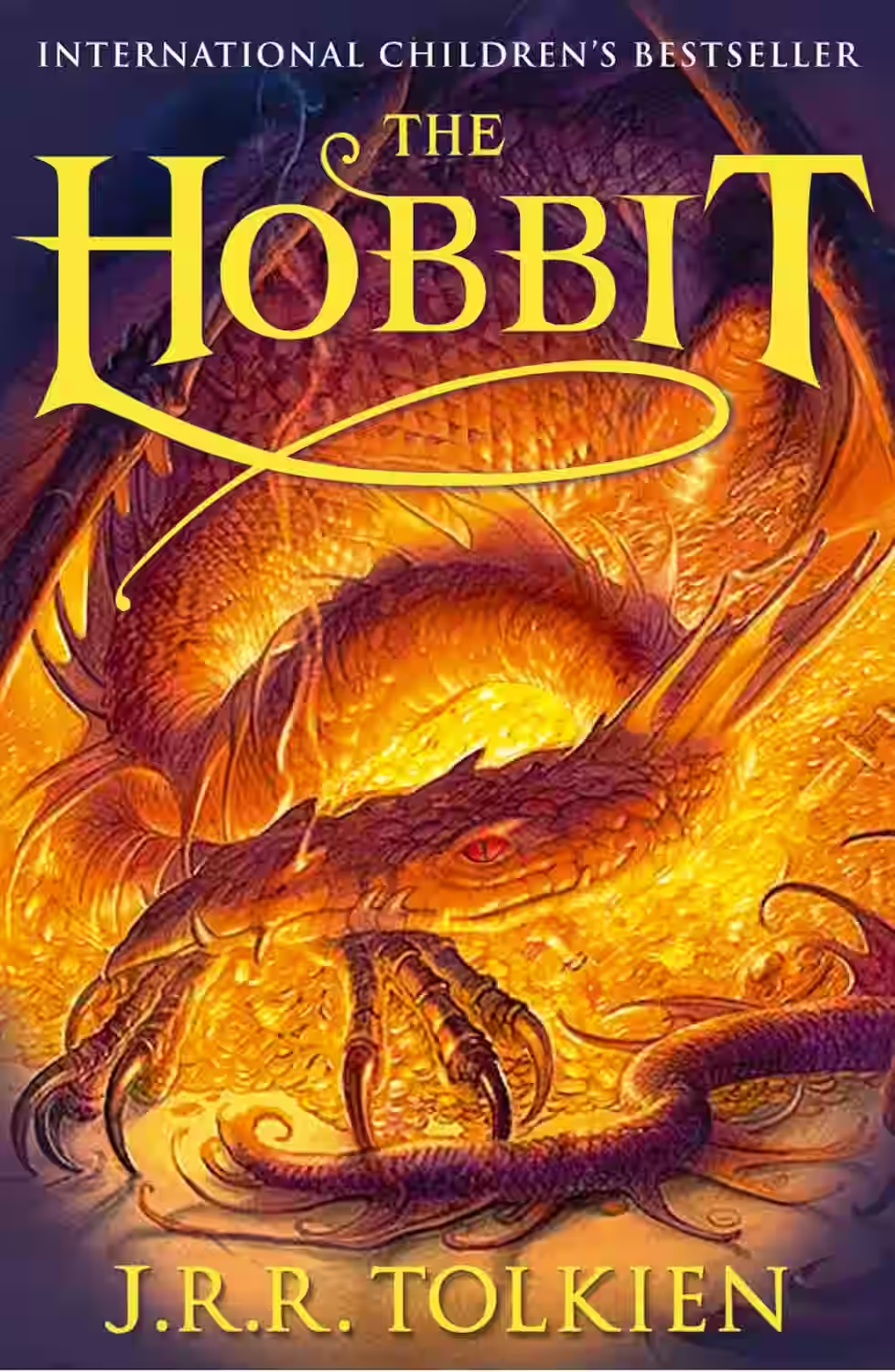
They say that the Thorn of Camorr can beat anyone in a fight. They say he steals from the rich and gives to the poor. They say he's part man, part myth and mostly street-corner rumour. And they are wrong on every count. Only averagely tall, slender and god-awful with a sword, Locke Lamora is the fabled Thorn and the greatest weapons at his disposal are his wit and cunning. He steals from the rich - they're the only ones worth stealing from but the poor can go steal for themselves. What Locke cons, wheedles and tricks into his possession is strictly for him and his band of fellow con-artists and thieves: the Gentleman Bastards. Together their domain is the city of Camorr. Built of Elderglass by a race no-one remembers, its a city of shifting revels, filthy canals, baroque palaces and crowded cemeteries. Home to Dons, merchants, soldiers, beggars, cripples and feral children. And to Capa Barsavi, the criminal mastermind who runs the city.
About Scott Lynch
An American author known for his thrilling and darkly humorous fantasy series, The Gentleman Bastards Sequence. Lynch's novels feature a crew of charismatic thieves operating in a richly detailed and morally ambiguous world, blending intricate heists with witty dialogue and complex character relationships. His engaging storytelling and morally gray characters have made him a popular figure in contemporary fantasy.
Similar Books

Halt's Peril
Series: Ranger's Apprentice (#9)
Halt's Peril, the ninth book in John Flanagan's captivating Ranger's Apprentice series, takes readers on a thrilling adventure filled with danger, camaraderie, and the sheer will to survive. The story continues the journey of Halt, a seasoned Ranger, along with his apprentice, Will, and their friend Horace, as they track down a group of murderous thieves known as the Outsiders. The narrative tension escalates when Halt is struck by a mysterious poison, introducing an urgent race against time to find a cure. The book explores themes of loyalty, mentorship, and the strength of friendship in the face of adversity. Flanagan's detailed world-building and character development keep readers hooked, showcasing the diverse challenges these beloved characters must face. This installment not only builds suspense but also delves into deeper emotional undertones, making it a satisfying read for both returning fans and newcomers to the series.

Magician: Master
Series: The Riftwar Saga (#2)
In 'Magician: Master', the second half of Raymond E. Feist's epic fantasy novel, the intricate tale of Pug transforms as he evolves from an apprentice with untapped potential to a powerful magician with significant influence in the tangled political web linking two worlds, Midkemia and Kelewan. This sequel continues exploring themes of friendship, loyalty, and the weight of destiny as Pug battles inner and external conflicts that test his skills and resolve. Feist's narrative artistry is evident in his rich world-building and multifaceted characters, making readers ponder the balance of power and the cost of achieving one's true potential. The stakes are amplified as Pug's journey challenges him to harness his abilities amidst brewing wars, transforming the realm and his role within it.

The Hobbit
J.R.R. Tolkien's 'The Hobbit' takes readers on an epic adventure through Middle-earth, following the unlikely hero Bilbo Baggins as he joins a group of dwarves on a quest to reclaim their homeland from the fearsome dragon Smaug. Along the way, Bilbo encounters trolls, elves, goblins, and a mysterious creature named Gollum, all while discovering bravery and resourcefulness he never knew he possessed. This timeless tale of courage, friendship, and self-discovery is a classic in the fantasy genre, filled with rich world-building, memorable characters, and themes of heroism and the battle between good and evil.

Silverthorn
Series: The Riftwar Saga (#3)
Silverthorn, the second book in Raymond E. Feist's Riftwar Cycle, continues to transport readers into a richly crafted fantasy world. The story follows the journey of the heroic Prince Arutha, who embarks on a perilous quest to find the rare herb Silverthorn to save his beloved Anita from a sinister poison. Feist expertly blends elements of adventure, political intrigue, and magic, creating an engaging narrative that delves deeper into the history and cultures of Midkemia. His meticulous world-building and well-developed characters captivate, while the themes of courage, sacrifice, and love resonate deeply. Silverthorn not only enhances the series but also stands out for its thrilling pace and emotional depth.